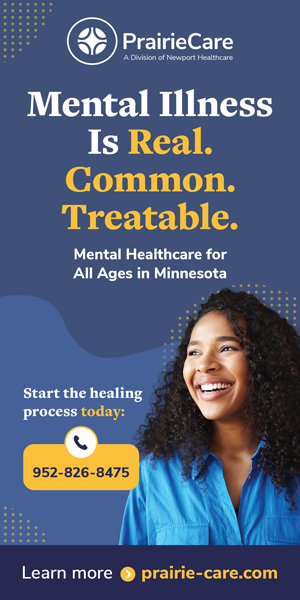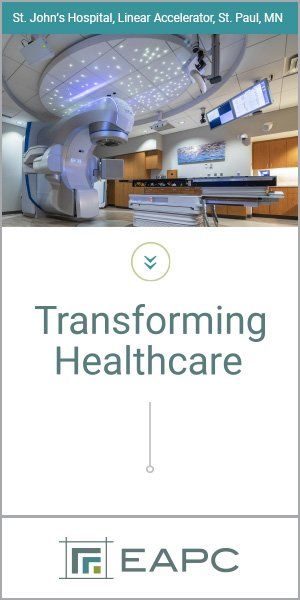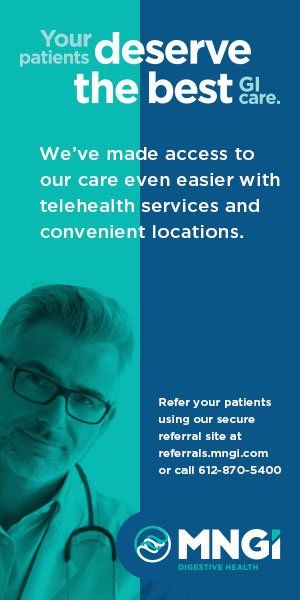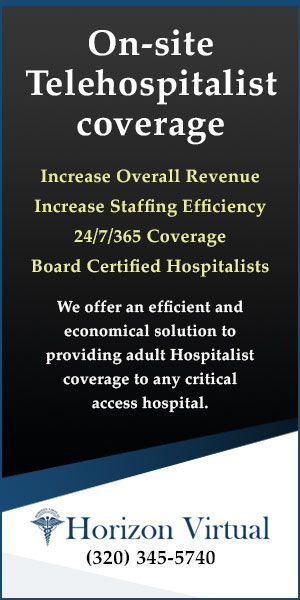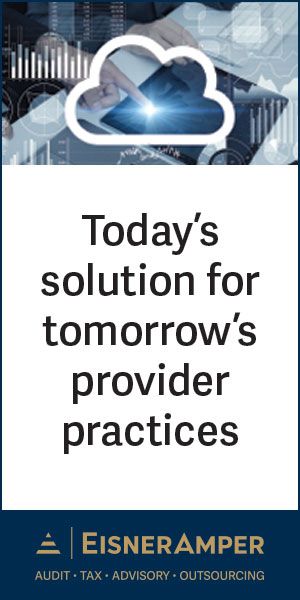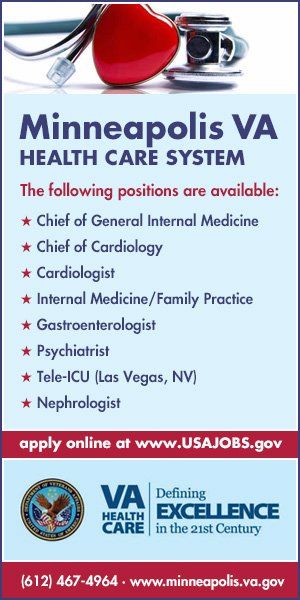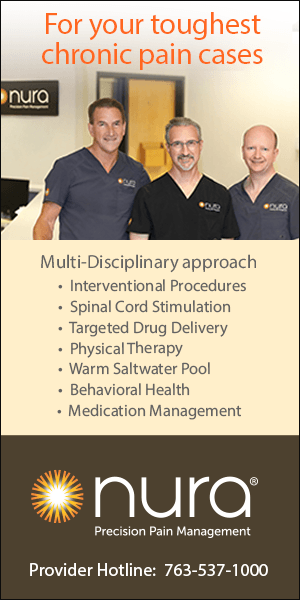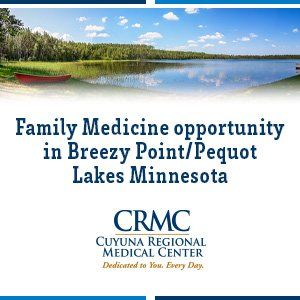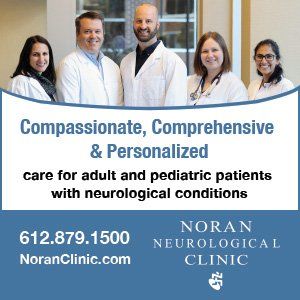racticing medicine is an enormous privilege. One that must be earned through years of meticulous study and training. The patients who rely on us for care rightly expect that we have gained deep expertise in our specialties and exceptional command of the surgeries and procedures we perform, as well as extensive training in physiology, pharmacology and pathology. Their lives are in our hands so it is critical that we can confidently deliver the right care at the right time.
Cover Two
Safeguarding Surgery Standards
The legislative role in scope of practice issues
BY Amanda Maltry, MD
In medical school, as in life, there are no shortcuts to hard work and hands-on experience. Unfortunately, lawmakers in St. Paul are considering alarming legislation that would drastically lower training requirements for certain surgeries and open the door for nonmedical doctors to perform delicate procedures on and around patients’ eyes.
Introduced earlier this year, SF 1144/HF 1011 mark a dangerous overstep of the legislature into medicine. Unfortunately, this kind of scope of practice expansion is part of a larger trend across the United States.
How Did We Get Here?
Scope of practice refers to the unique roles and responsibilities for which each type of medical provider is qualified. These requirements are in place to protect patients by ensuring that the person providing their care is adequately trained and licensed to provide the health care services they need safely. While non-physician providers are valuable members of the health care team, they are not qualified to perform all the procedures that medical doctors have earned the right to do over tens of thousands of hours of medical school education and clinical training.
Optometrists have nowhere near the high level of clinical training necessary to determine when surgery may be necessary.
Nonetheless, many non-physician providers have been lobbying state legislatures across the country to give them responsibilities for which they are not qualified. This includes:
- Psychologists asking for a right to prescribe powerful medications without the medical education and training that psychiatrists undergo.
- Chiropractors asking to do many of the same procedures without the same level of training that only orthopedic surgeons are trained to do.
- Nurse anesthetists who are advanced-practice registered nurses but asking lawmakers to grant them the ability to use the “anesthesiologist” title, which is misleading and confusing to patients.
- Naturopaths asking for the authority to prescribe drugs and perform surgery despite the fact that they are not medical doctors.
Frighteningly, the same threats are now occurring in many states in my specialty: ophthalmology.
To become a medical doctor and surgeon, ophthalmologists must undergo more than 17,000 hours of education and training, including four years of undergraduate education, four years of medical school, a one-year internship, and three years of residency under the guidance of a licensed surgeon – during which time they participate in at least 3,000 patient visits. Moreover, many opt to do an additional fellowship in a subspecialty of their choice. These years of hands-on, supervised training are essential to perform surgeries safely and effectively. Throughout their years of education and training, the Accreditation Council for Graduate Medical Education (ACGME) and the American Board of Medical Specialties (ABMS) both require ophthalmologists to demonstrate their competency and mastery of the fundamental skills required. These governing bodies also mandate that ophthalmologists continuously meet medical and professional standards throughout their entire careers.
This training and experience is the reason that only ophthalmologists are qualified to perform eye surgeries in Minnesota with lasers, including YAG laser capsulotomies and selective laser trabeculoplasties (SLTs), as well as other vital procedures such as injecting anesthesia into a patient’s eyelid to surgically remove lesions with a scalpel or placing a needle into the eyeball to inject medication or manipulate intraocular tissue. In upholding this appropriately high standard, Minnesota is in the company of the vast majority of states that prohibit optometrists from doing these complex procedures.
Why aren’t optometrists allowed to use lasers, scalpels or needles on or around patients’ eyes in Minnesota? Two reasons: 1) their education and training are wholly insufficient to do so and 2) serious threats to patient safety.
A Lack of Training
Unlike ophthalmologists, optometrists do not attend medical school and are not medical doctors or trained surgeons. Instead, after they complete their undergraduate degrees, they go through 4 years of optometry school, during which time they take roughly 570 hours of basic science classes that primarily focus on primary eye care, including vision therapy and providing corrective lenses.
As trusted members of the eye care team, optometrists work collaboratively with ophthalmologists to ensure patients get the right care at the right time. And although basic eye care is vital work that improves the quality of life for millions of Minnesotans each year, optometrists have nowhere near the high level of clinical training necessary to determine when surgery may be necessary—much less how to perform it safely.
In optometry school, students may briefly touch on topics related to surgery, but training is extremely limited. Most patients who visit optometric school clinics do so to get corrective vision care such as glasses or contact lenses, not because they have any serious ocular diseases that might require using a laser or scalpel to address them. Consequently, an optometry school student may graduate without ever encountering a patient who needs to have a cancerous lesion on their eyelid surgically removed or a cloudy lens capsule in their eye treated. If surgery does come up in their coursework, optometry students often learn about the operations by watching videos, doing virtual simulations or practicing on props.
Some optometrists later decide to take a certification course in surgical procedures, but this also falls short. In fact, the course, which is usually offered in a hotel conference room over a long weekend, consists of 16 hours of training in laser surgery and 16 hours about how to perform incisional and injection procedures.
Ultimately, 32 hours of lectures about eye surgery is woefully inadequate to master it. There is no question about who should and should not be allowed to perform these procedures on patients.
Increased Patient Risk
Because surgical training is so limited, optometrists in the handful of states that have loosened the scope of practice for eye surgery are more likely to cause adverse events. When it comes to performing laser trabeculoplasties alone, peer-reviewed research shows that patients face an 189% higher risk of requiring additional surgery if it is done by an optometrist instead of an ophthalmologist. These are not good odds for patients.
SF 1144/HF 1011 mark a dangerous overstep of the legislature into medicine.
Despite the obvious risks of loosening the scope of practice for delicate eye procedures, optometry lobbyists are pushing for legislation in statehouses across the country to give them the power to perform surgeries that they lack the medical education and clinical training to do.
While optometrists are not yet calling for the ability to do laser surgeries here, patients across Minnesota may nevertheless be at risk if optometrists are allowed to perform incisional and injection procedures.
That brings us to SF 1144/HF 1011, which were introduced in the Minnesota House and Senate in February. Similar to legislation that was rejected last year, these bills would loosen the scope of practice in optometry if signed into law. Specifically, they would permit optometrists to utilize needles on Minnesotans’ eyes to perform procedures on the eyelid and within the eyeball. The bill would create a bypass for current surgical requirements by allowing optometrists to inject anesthesia or use scalpels to remove lesions from the surrounding tissues of the eye. While the legislation prohibits optometrists from engaging in “invasive surgery,” the reality is that all surgical procedures are fundamentally invasive – no matter what bill supporters may argue. As the American Medical Association (AMA) recently wrote in letters to lawmakers in the Minnesota House and Senate,
“The AMA is also concerned with language in the bill that would presumably allow optometrists to perform noninvasive surgery. First, all surgery, by definition, is invasive, therefore, this language is inherently vague. Second, it is unclear how this language may be interpreted in the future and whether it could be a vehicle for optometrists to perform surgery on the human eye not contemplated by the legislature considering HF 1011. As such, we encourage you to maintain the highest quality of eye care in Minnesota and oppose this legislation.”
This legislation not only muddies the waters but also creates loopholes in state law that optometrists could realistically use to loosen scope even further.
Dangerous Legislation
The bills would allow the Minnesota Board of Optometry to assert false claims that surgically removing so-called “lumps” or “bumps” with a sharp scalpel from a patients’ eyelid is not invasive. Not only does this raise an inherent conflict, as the board lacks any physician representation, but it could open the door to greater patient risk. Optometrists lack the comprehensive medical training to accurately determine if a patient’s lesions are cancerous, if surgery is actually warranted or alternative treatments would be better suited, or if the “lumps” or “bumps” are actually indicative of a larger underlying medical condition. And with such limited surgical training, the risk of inadvertently slicing healthy tissues or performing surgery that is not needed is simply too high.
In short, the increased risk of permanent disfigurement, vision loss, or misdiagnosis at the hands of optometrists cannot be ignored. Therefore, lawmakers should protect patients by wholeheartedly rejecting SF 1144/HF 1011.
Finally, if these statistics and patient stories are not convincing enough, our leaders in St. Paul should listen to voters. According to an independent statewide survey conducted in February 2025, nearly three-quarters (73%) of Minnesotans oppose legislation to allow optometrists to perform surgery when they learn about their training. Even when rural voters are asked if they believe loosening the scope of practice would help improve access to eye care—one of the key talking points the optometry lobby likes to invoke—the results are clear: Minnesotans overwhelmingly prefer quality over convenience. By a wide margin, rural voters prefer a licensed medical doctor (88%) when having eye surgery over getting eye surgery from an optometrist at a more convenient location (4%).
Cynics may say this is just a turf battle between professions, but they would be wrong. At its heart, scope of practice legislation is a threat to patient safety, which must be protected at all costs. Safe surgery should not be legislated and threatened by the stroke of a pen. That is why Minnesota’s leaders must soundly reject SF 1144/HF 1011 this year and any new scope of practice legislation that may be introduced in future sessions.
From ophthalmology to many other medical specialties, dangerous scope of practice legislation has become a nationwide trend. There is no reason why St. Paul should lower standards or increase risks to Minnesota’s patients. We mustn’t follow in the footsteps of misguided bills like the ones currently under consideration. If the matters discussed in this article resonate with your experiences and feelings please do not hesitate to let your legislators know.
Amanda Maltry, MD, is the president of the Minnesota Academy of Eye Physicians and Surgeons (MAEPS).
MORE STORIES IN THIS ISSUE
cover story one
Broadening the Lens: Improving health data measurement
By Liz Cinqueonce, MBA, and Kate Hust, MD, MPH
cover story two
Safeguarding Surgery Standards: The legislative role in scope of practice issues





















